Tracimat vzw is currently the only recognized demolition management organization and is an initiative of the Flemish Construction Confederation (VCB), the Confederation of Contractors of Demolition and Dismantling Works (CASO), the Federation of Producers of Recycling Granulates (FPRG) and the Organization of Consulting Engineers and Consultancy Companies (ORI).
Tracimat will certify the selective demolition process and, via a detailed traceability system, check what happens to the waste substances released during demolition and demolition work. After the declaration of conformity of the demolition follow-up plan, the demolition worker can request a processing authorization from Tracimat and process the rubble as LMRP.
Since 24 August 2018, a distinction has been made at the crusher between rubble with a low environmental risk profile (LMRP) and rubble with a high environmental risk profile (HMRP). Since the rubble that is accepted as LMRP has undergone an extensive traceability procedure, the inspection of this rubble is cheaper. The breaker will then accept the rubble cheaper than HMRP.


